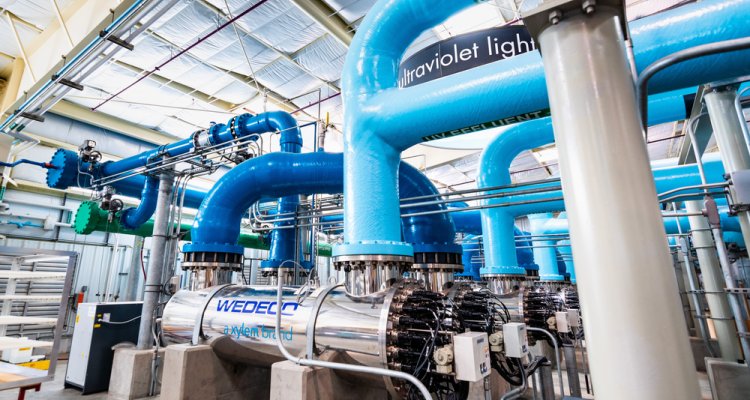
Project
Fytosanitair: Ontsmetting
Devices for disinfecting drain water in substrate cultivation under glass are tested for complete removal of quarantine organisms. After a literature study, heating, UV light and ozone will be tested by adding plant viruses, bacteria and fungi. Once completed, a protocol will be drawn up for use.
Disinfection equipment for drain water was mainly tested in the 1980s and 1990s for the removal of pathogens (bacteria, fungi, viruses). The same references are mentioned in more recent literature, there is little new research. The existing recipe to get a log 3 reduction can be maintained (3 minutes 85 oC or 30 s 95 oC). In this and previous research, the standard is based on a log 3 reduction of the investigated pathogen and not on the complete elimination of organisms in the water concerned. Currently, heating and UV are used as standard decontamination methods in commercial practice. Combination of equipment is used to purify drain water before discharge to break down crop protection products (H2O2 + UV), but not for disinfection. In recent years, ozone has been on the rise again using a different method than in the 1980s and therefore very successful, which is why this method has also been included in the research. Q license holders conduct research with Q organisms and must completely eliminate organisms from the wastewater after the study. Whether this will be achieved (in the case of very persistent organisms) with equipment used in commercial practice is uncertain due to the limited information available. In this research, devices for disinfecting drain water in substrate cultivation are tested for complete removal of organisms. After an initial literature study, heating, UV light and ozone will be tested. It will be jointly determined with the NVWA which test organisms will be used, as well as other process parameters to be registered. Finally, a protocol is drawn up for use by Q license holders.